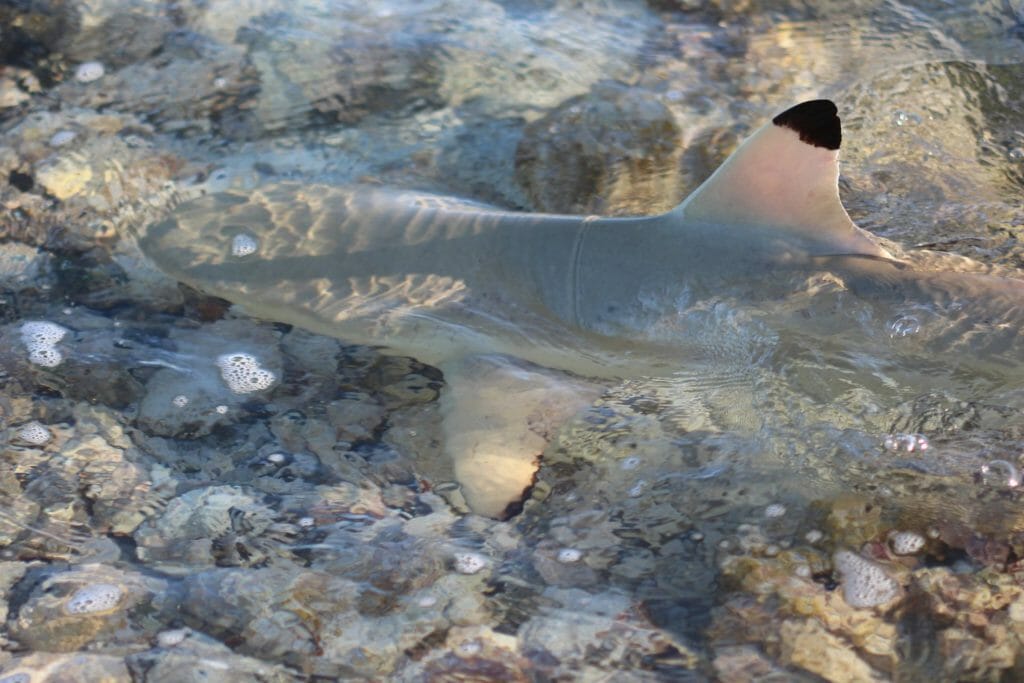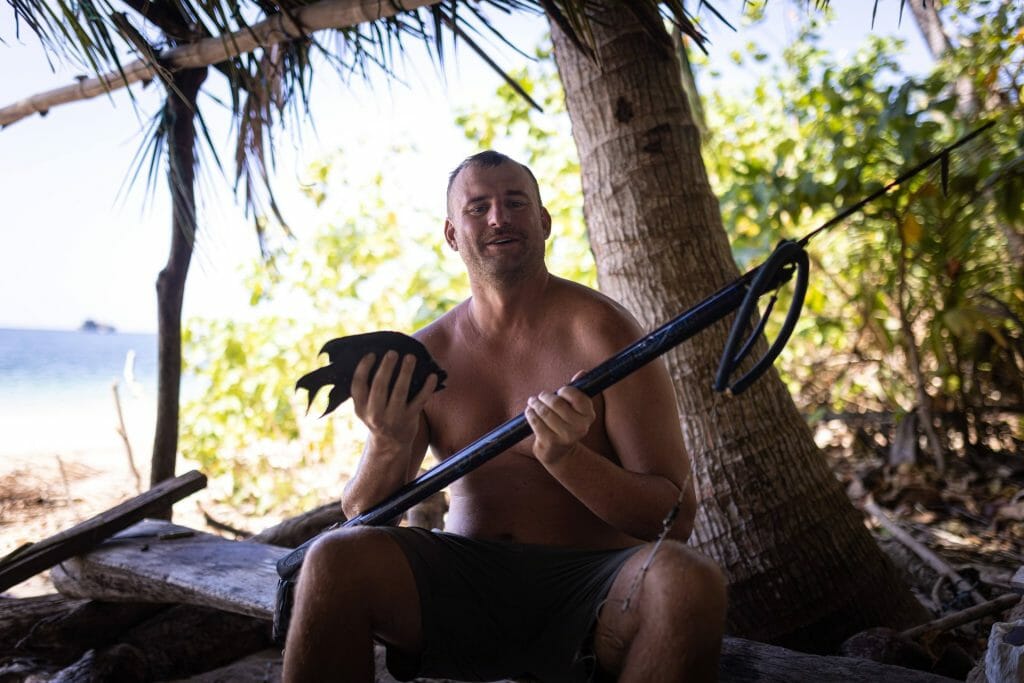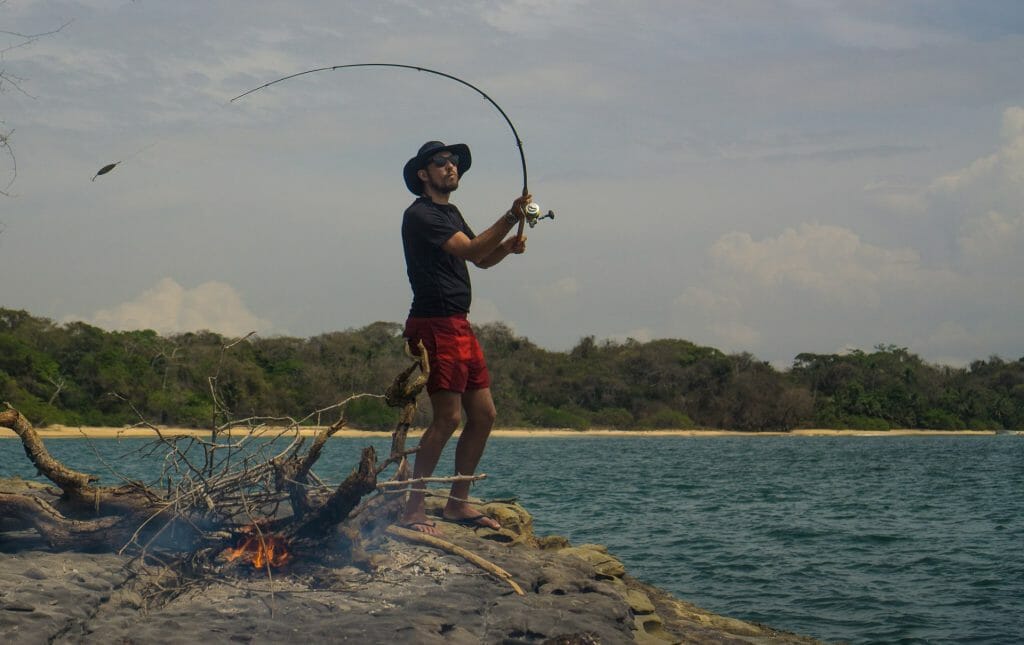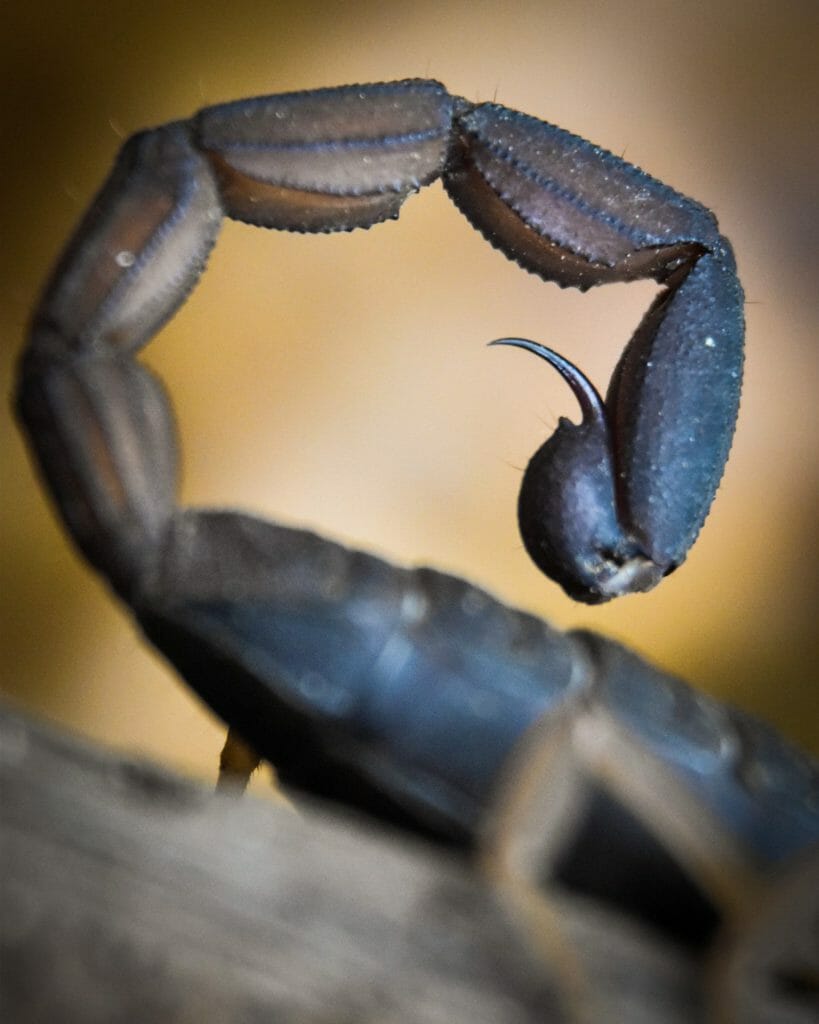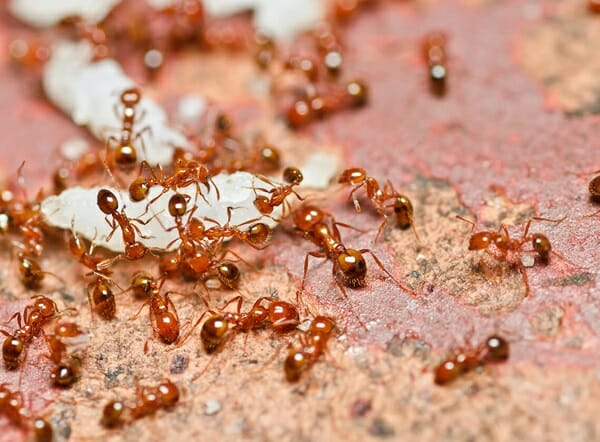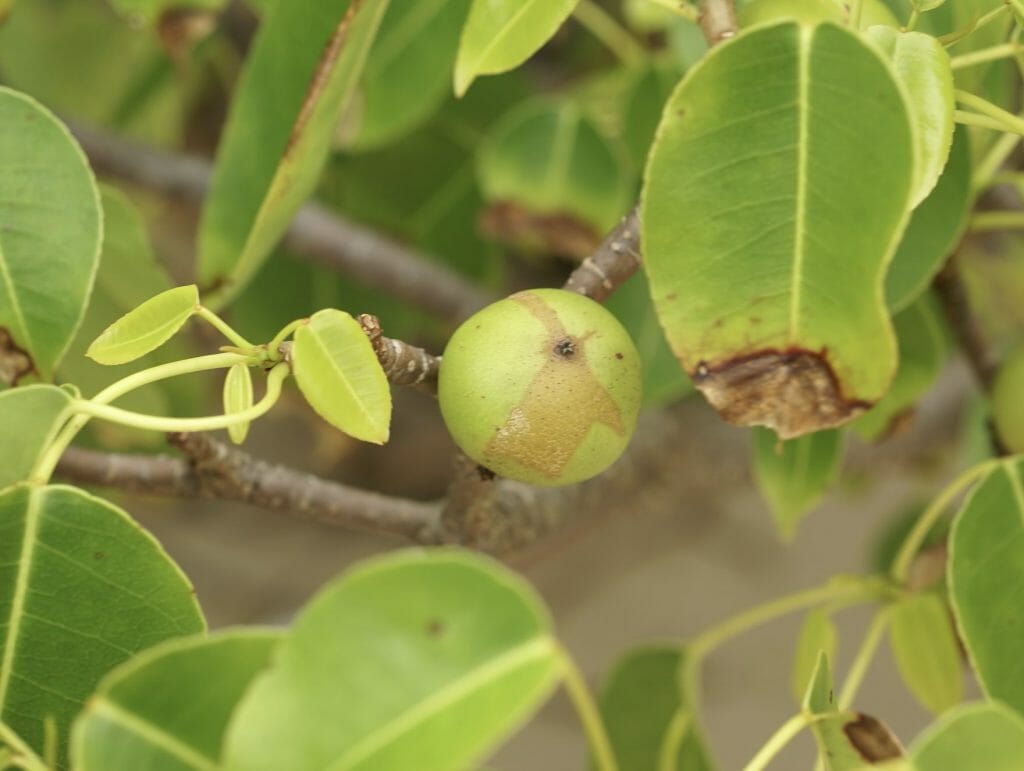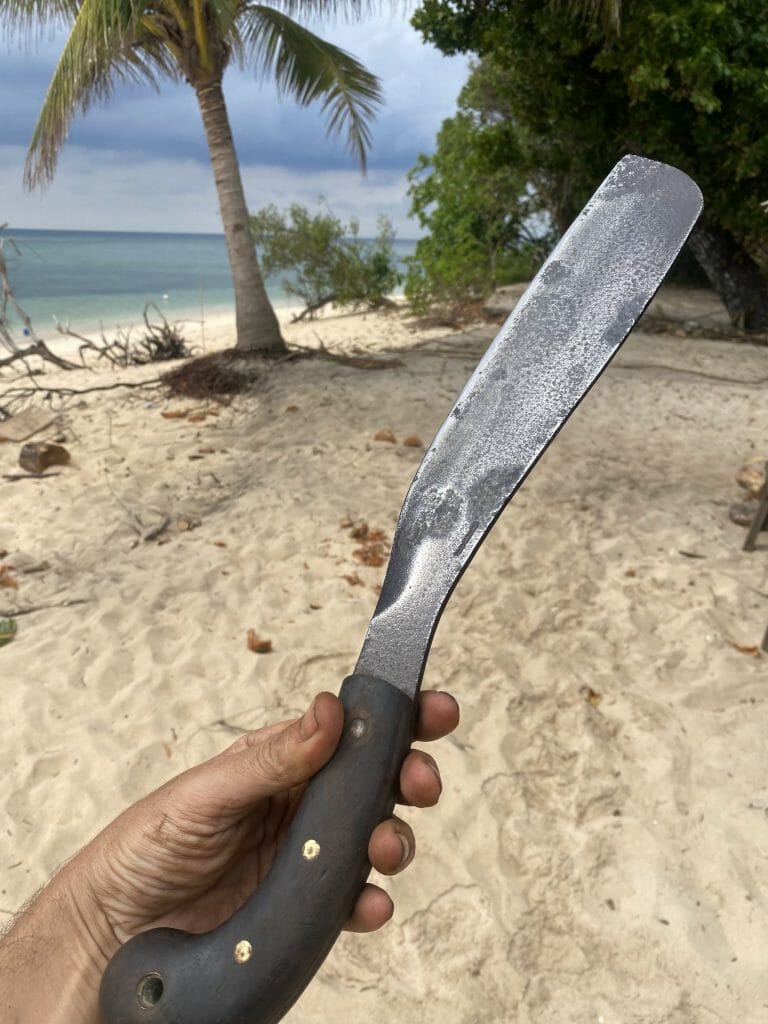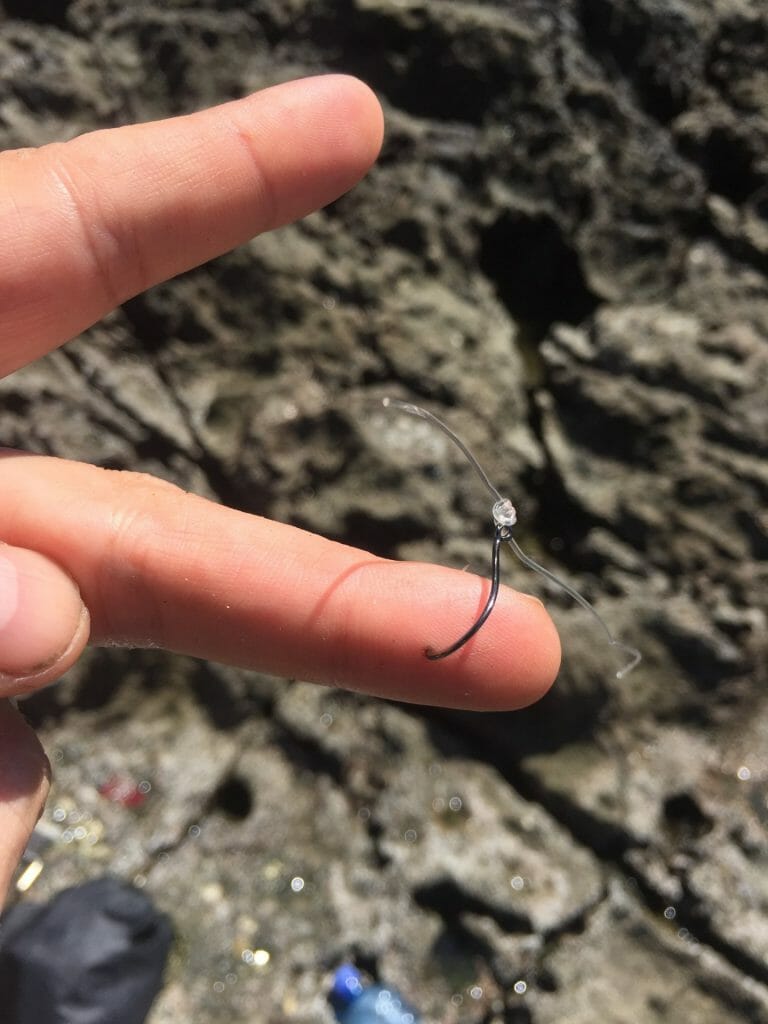Trusted by 1,000+ adventurers • 100% 5-star reviews
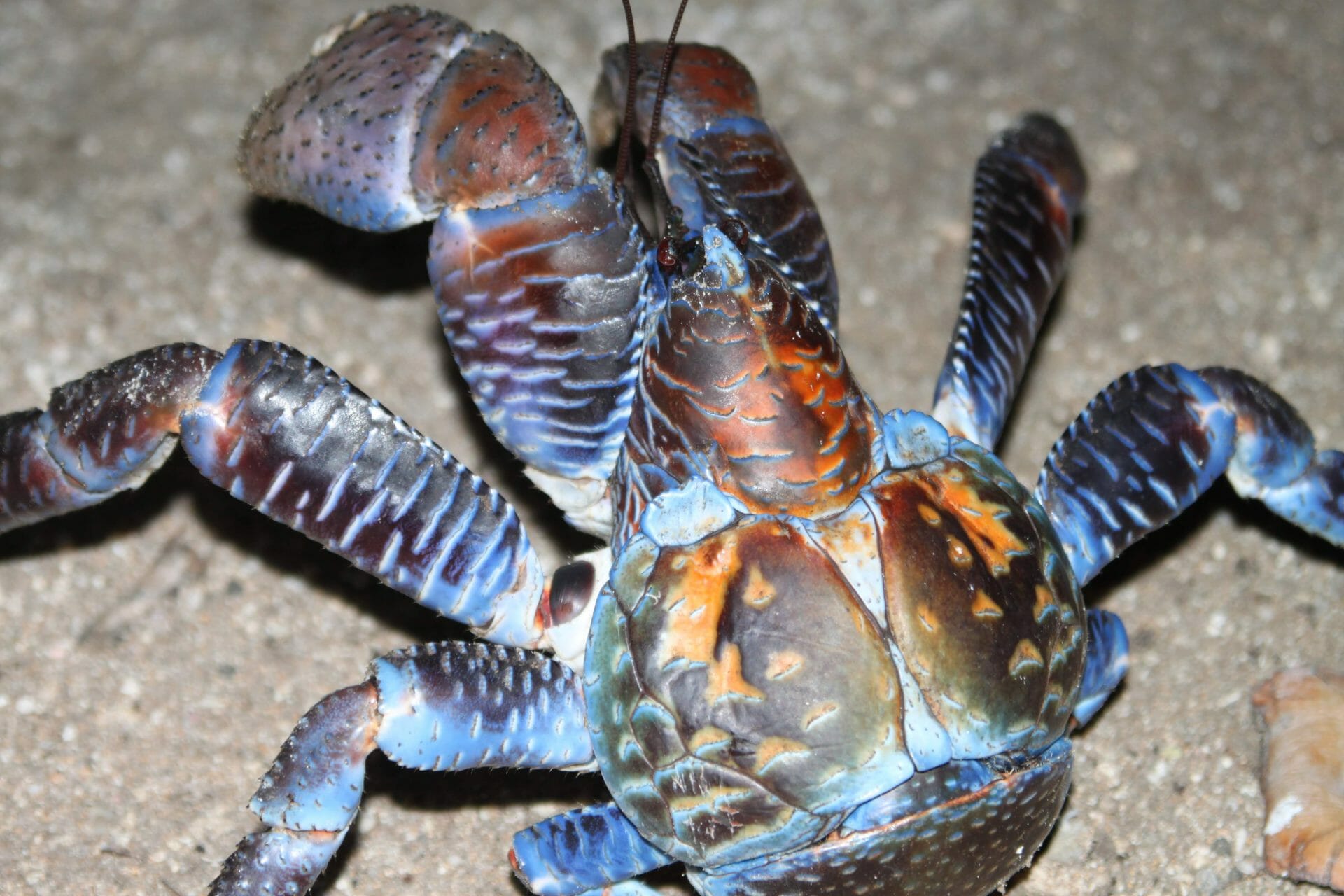
Risks and Dangers
At Desert Island Survival, At Desert Island Survival, we believe real adventure always comes with real risk. It’s what makes the experience authentic — and why it feels so different from a luxury safari or a staged survival show.
Our role is to manage those risks with world-class preparation, expert training, and invisible safety systems, so you can immerse yourself fully in the wild. You’ll always know what’s involved, and you’ll always have professional support close at hand.
We’re committed to full transparency. That’s why we share a clear overview of the realities of wild environments, how we mitigate them, and why stepping into the unknown is what makes these expeditions truly life-changing.
Before booking, you should carefully read both our risks & dangers and the waiver. This ensures you fully understand the challenges and risks before choosing to join.
We mitigate risk through:
- Thorough island assessments before selection.
- Destination-specific evacuation strategies.
- Wilderness First Aid-trained instructors (recertified every two years).
- Comprehensive medical kits and 24/7 access to a remote doctor.
- Clear safety protocols for activities such as spearfishing, fire-starting, and open-water crossings.
General Risks on All Expeditions
Risks by Location
Final Note
Even though this list is comprehensive, desert islands are not hostile or dangerous by default. Most of our expeditions pass without incident. To date, we’ve had only two evacuations—one for a deep cut, the other for a fish hook injury. Both castaways returned after a local clinic visit.
That said, the wild is unpredictable. New risks may emerge no matter how prepared we are. But with our safety systems and your awareness, we believe that risk is what transforms a trip into a true adventure.


